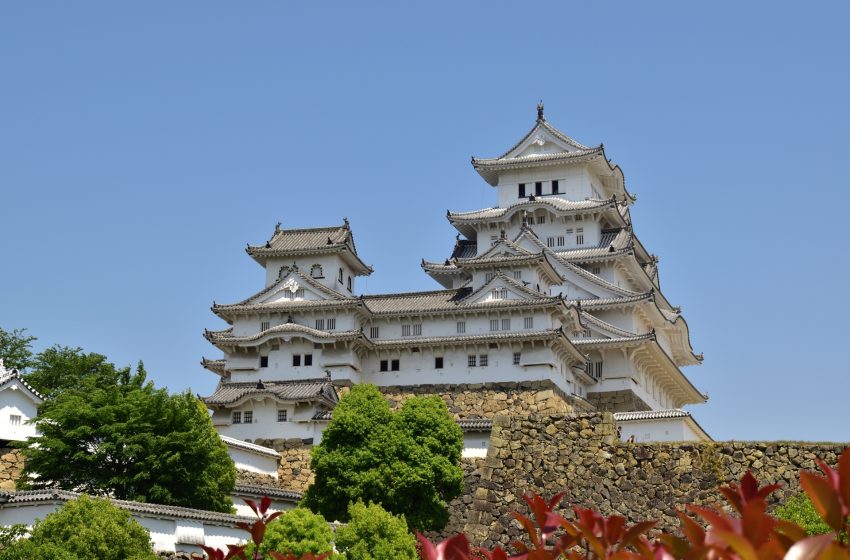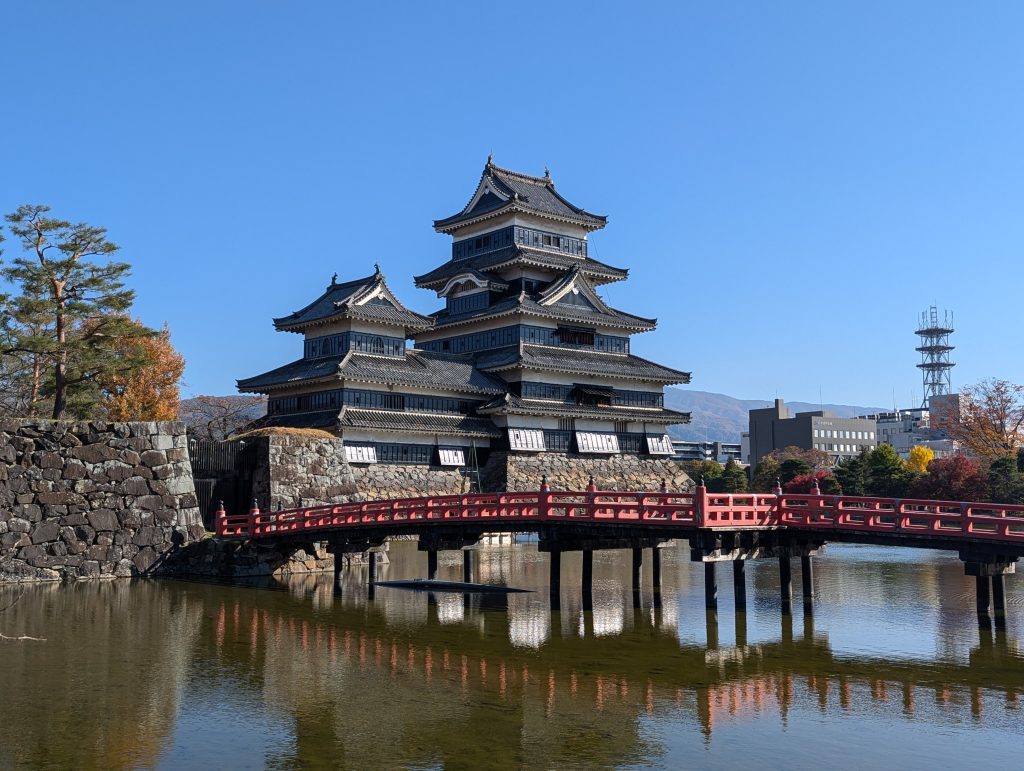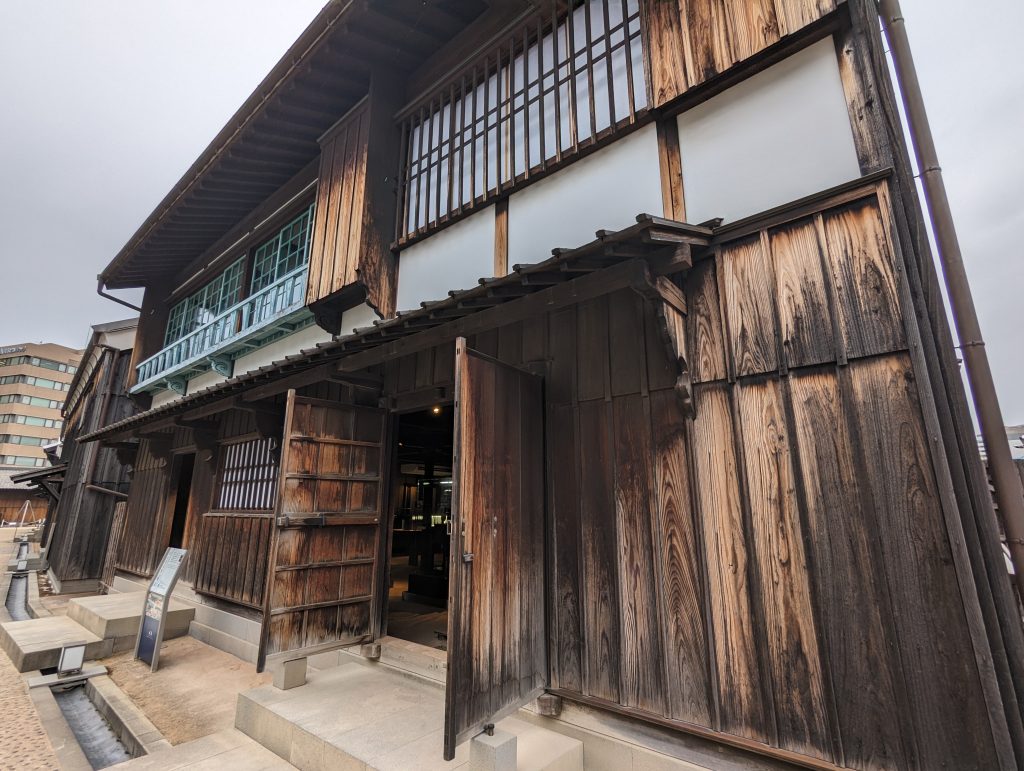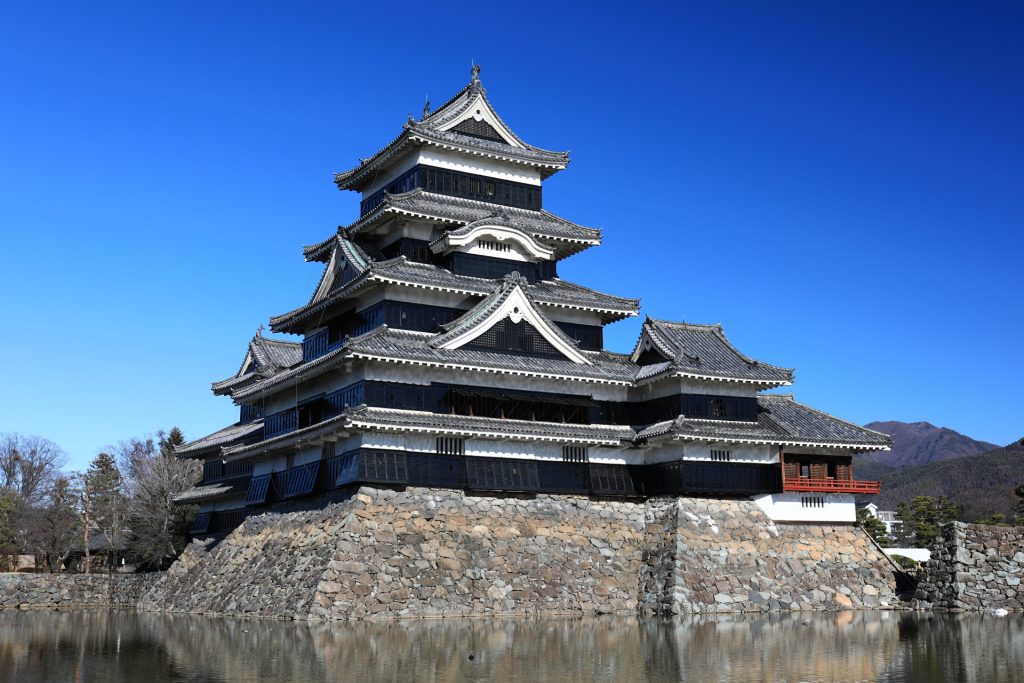
Discovering the Majesty of Japanese Castles (Shiro)
Greetings, cultural explorers and history buffs! Japan, a land woven with a rich tapestry of history and tradition, is home to some of the most magnificent and iconic structures in the world – the Japanese castles, or Shiro. These architectural marvels are not just relics of the past but living embodiments of Japan’s feudal history, culture, and artistry. Let’s embark on a journey to explore these majestic castles and unravel the stories they hold.
The Grandeur of Japanese Castles
Shiro, meaning castle, played a pivotal role during Japan’s feudal period. They were built as fortresses for military defense and as symbols of power and prestige for the ruling samurai lords, known as daimyo. Each castle uniquely reflects the architectural ingenuity of the era, characterized by multi-tiered towers, stone foundations, and intricate defensive designs.
A Glimpse into History
The golden era of castle-building in Japan was during the Sengoku period (the Warring States period) in the 15th and 16th centuries. This was a time of military conflict and social upheaval, leading to the construction of numerous castles across the country. The architecture of these castles evolved to be not only functional for defense but also aesthetically magnificent, making them symbols of power and authority.
Iconic Japanese Castles to Visit
- Himeji Castle: Often referred to as “White Heron Castle,” Himeji Castle is renowned for its brilliant white exterior and elegant design. It is one of the best-preserved castles in Japan and a UNESCO World Heritage site.
- Matsumoto Castle: Known as “Crow Castle” due to its black exterior, Matsumoto Castle stands in stark contrast to the surrounding landscape. Its unique wooden interiors and moat offer a glimpse into Japan’s feudal past.
- Osaka Castle: One of Japan’s most famous landmarks, Osaka Castle played a major role in the unification of Japan during the 16th century. The castle park and museum provide a comprehensive historical experience.
- Nijo Castle: Located in Kyoto, Nijo Castle is famous for its lavish decorations, beautiful gardens, and “nightingale floors,” designed to chirp when walked upon as a security measure.
- Kumamoto Castle: Known for its formidable stone walls and stunning cherry blossoms, Kumamoto Castle is a symbol of resilience, having withstood several sieges throughout history.
The Experience of Visiting a Japanese Castle
Visiting a Japanese castle is like stepping back in time. You can walk through ancient halls, climb up to observatory decks for panoramic views, and explore surrounding gardens and moats. Many castles also house museums showcasing samurai armor, weapons, and artifacts, offering a deeper understanding of Japan’s feudal era.
Tips for Castle Visitors
- Preservation Efforts: Some castles undergo restoration, so check for any renovations beforehand.
- Cultural Events: Look out for cultural events or festivals held at or near the castles, offering a vibrant insight into Japanese traditions.
- Guided Tours: Opt for guided tours where available, to enrich your understanding of the castle’s history and significance.
Conclusion: Castles as Windows to Japan’s Soul
Japanese castles, with their imposing structures and rich histories, are more than just tourist attractions. They are windows into the soul of Japan, offering stories of bravery, artistry, and the evolution of a nation.
As you traverse the diverse landscapes of Japan, make sure to include these architectural masterpieces in your itinerary. They are not just stone and wood; they are narrators of tales from a time when samurai and daimyo shaped the history of this fascinating land.
Happy exploring, and may your journey through Japan’s castles be as enchanting as the tales they inspire!




